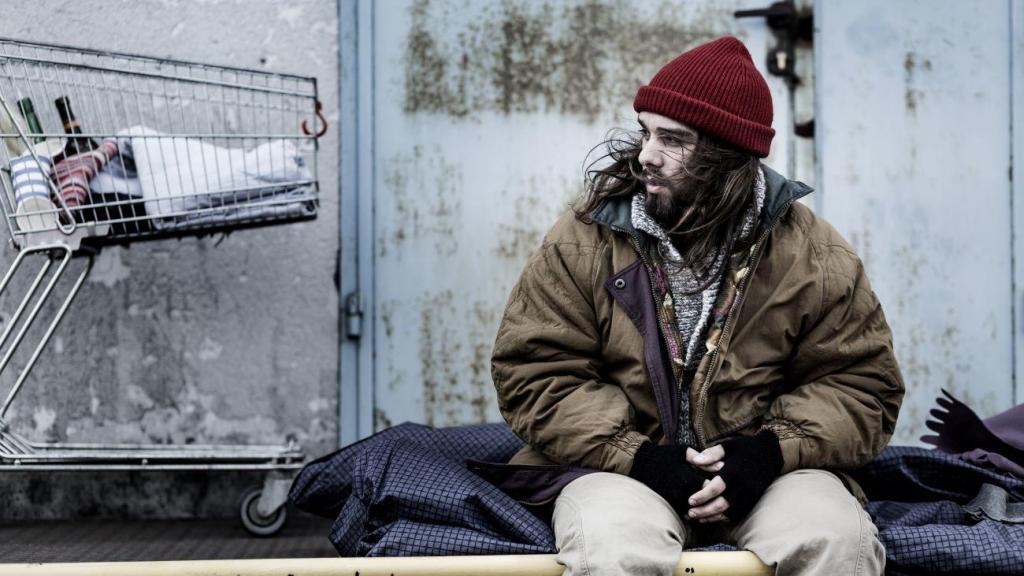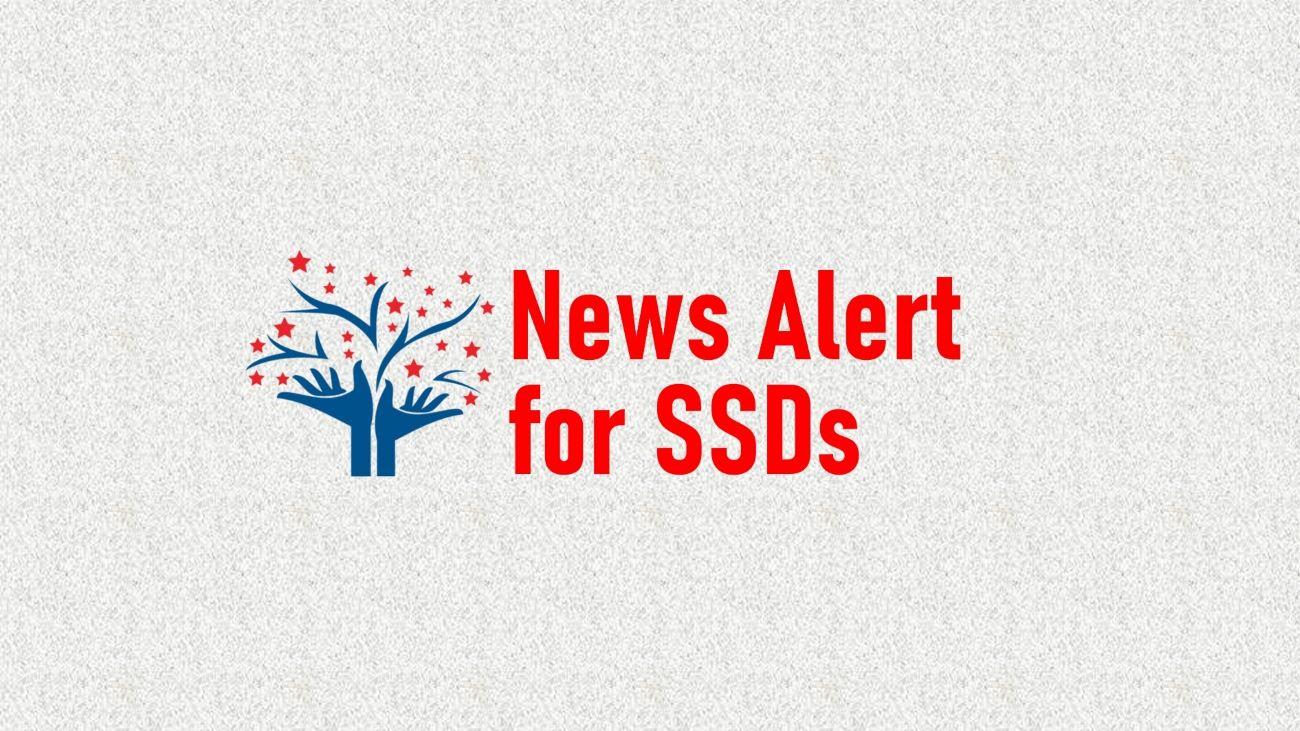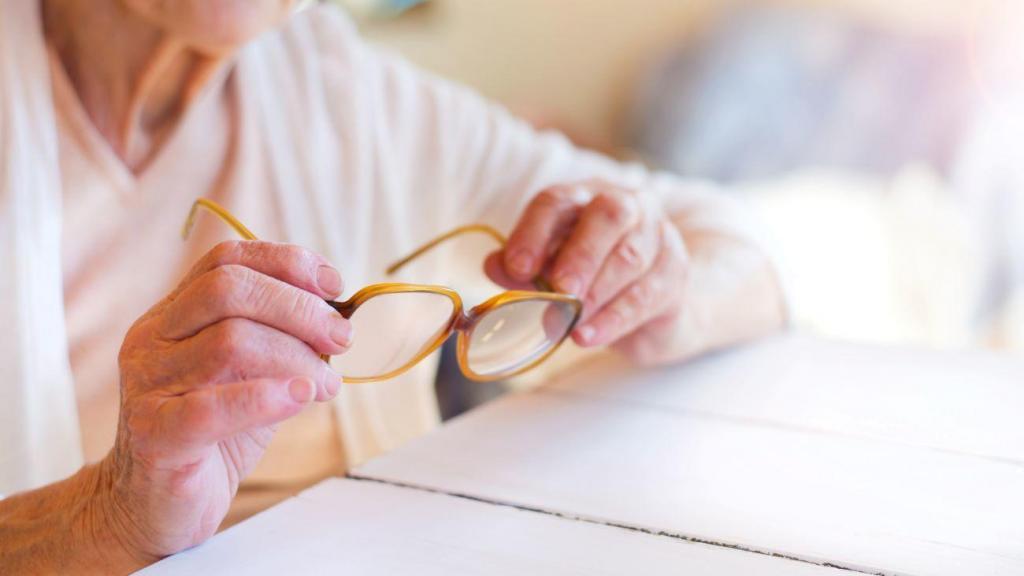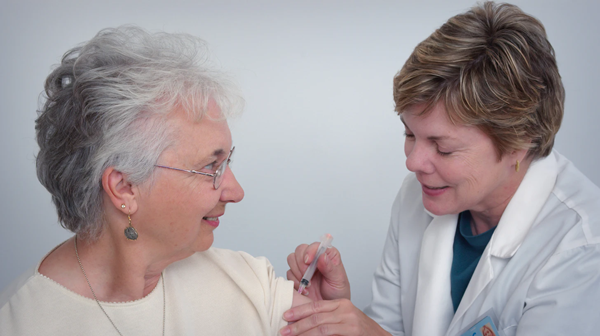
California Homeless Discharge Regulation
On January 1, 2019, California’s SB 1152 went into effect. This law requires hospitals to modify their current hospital discharge policies by including a written homeless patient discharge planning policy and procedure. “Hospitals” can include health care facilities that accept homeless patients from acute hospitals, which includes skilled nursing facilities.
The purpose of this bill is to provide for appropriate post-hospitalization care after discharge. It is meant to address the concept of “patient dumping” where homeless patients are discharged to reportedly unsafe conditions.
As discharge planners in nursing homes, we must revise our discharge procedures to assist homeless residents in preparing for their return to the community.
This assistance is demonstrated by:
- Documenting a post-discharge destination, with priority given to identifying a sheltered destination with supportive services.
- Documenting & performing a checklist of events, such as offering the homeless patient: a meal, screening for infectious disease, weather-appropriate clothing, and transportation to a destination within a 30 mile radius.
On July 1, 2019, hospitals must also have a written plan for coordinating services and referrals for homeless patients with the county behavioral health agency, health care and social services agencies in the region, health care providers and nonprofit social services providers. Each hospital will be required to maintain a log of the homeless patients discharged from their facilities and the post-discharge destinations of each homeless patient.
A free Homeless Discharge Checklist is available at SSD Online Training to help your facility with discharge regulations. Additionally, please contact us with any specific requests and one our experienced psychosocial consultants will be glad to help.





